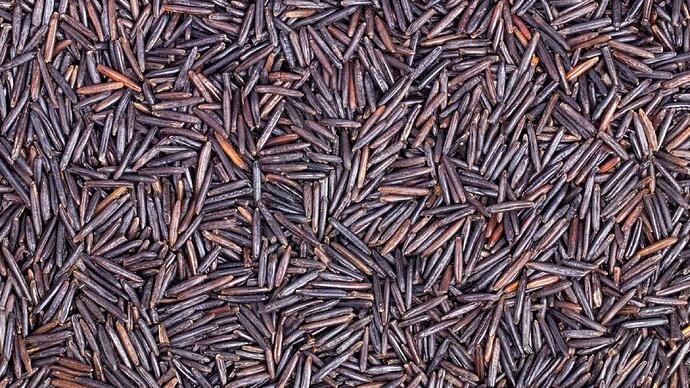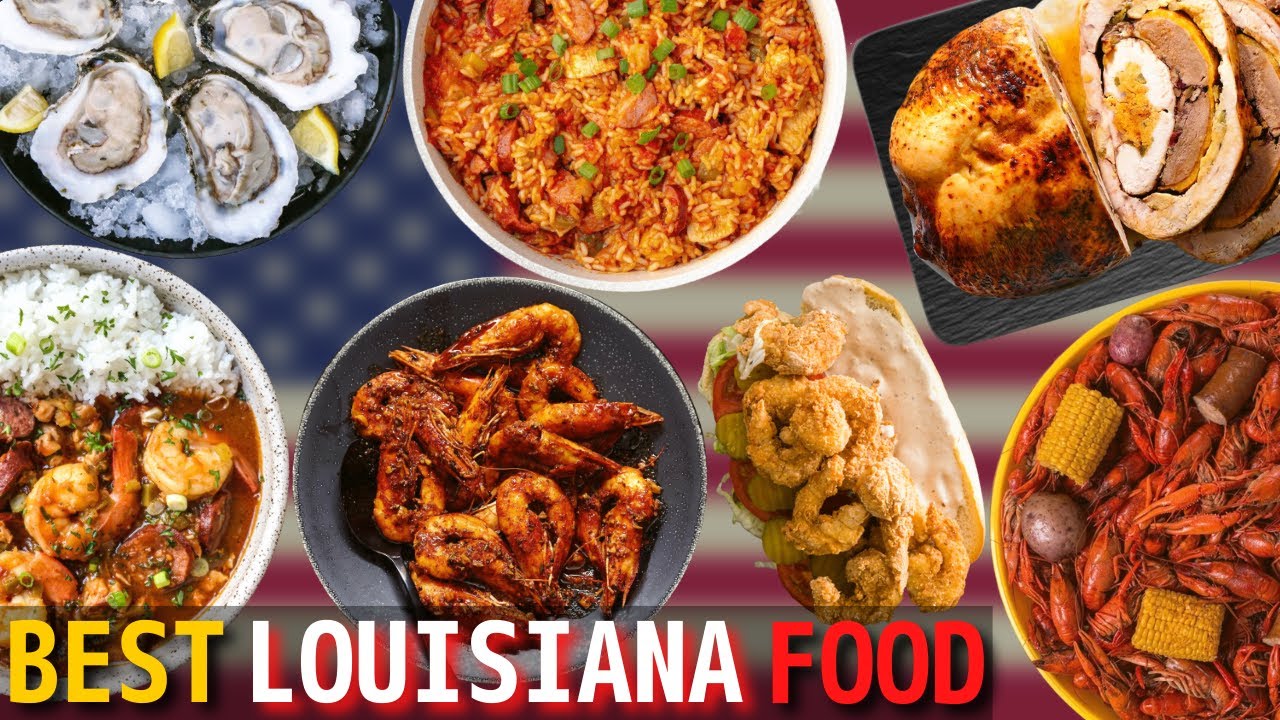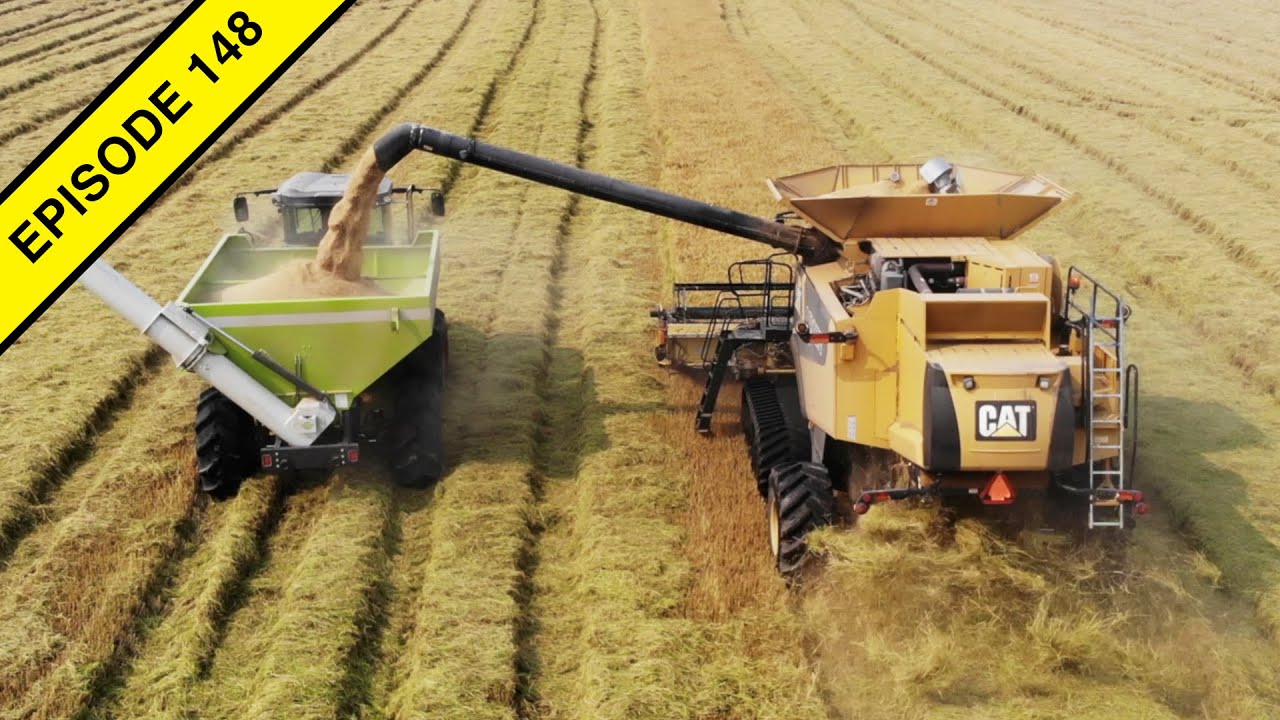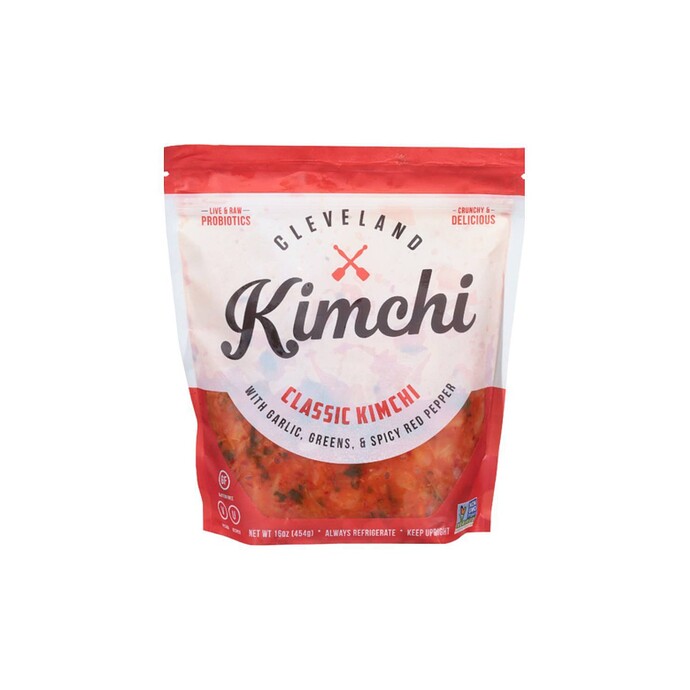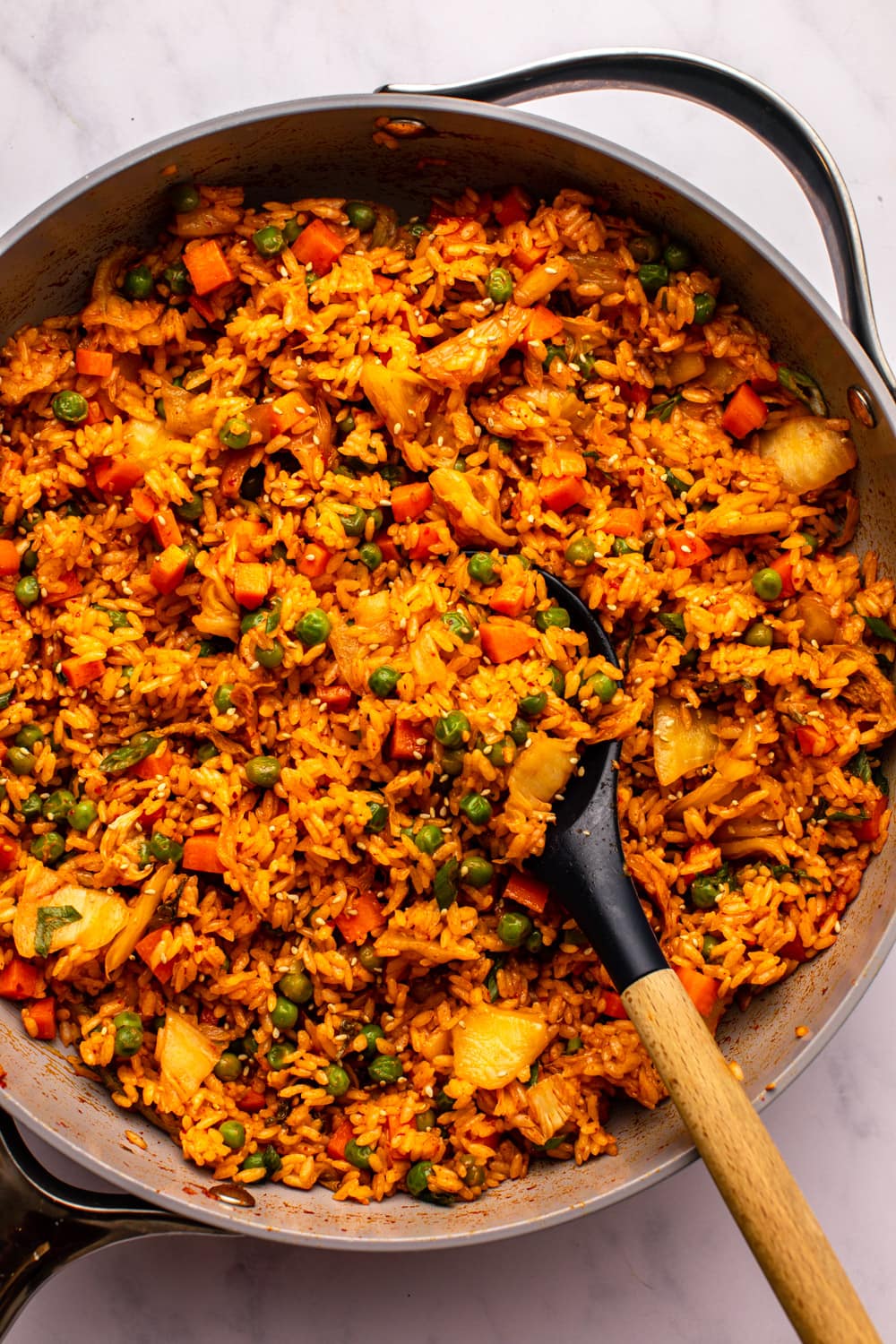Anyone growing rice? Do you have opinions on types , methods etc. That you enjoy?
https://www.nytimes.com/2009/07/27/health/nutrition/27recipehealth.html
Like a similar post i made recently Corn yields exceed 616.20 bushels per acre quality is not quantity
https://www.farmprogress.com/rice/millers-address-rice-quality-concerns-warn-of-market-demands
" Millers address rice quality concerns, warn of market demands
Millers discuss rice quality and market demands.Louisiana winter meeting agendas heavy quality concerns.Chalk major source of customer unhappiness.
David Bennett, Associate Editor
February 28, 2012
7 Min Read
Following several difficult, extremely hot growing seasons, the quality of Louisiana’s rice has become a persistent worry. During winter meetings, rice producers have heard about quality concerns from prominent researchers and breeders, millers and specialists.
“This is a trend that’s developed in the quest to drive field yields,” says Johnny Morgan, president of Louisiana Rice Mill in Mermentau, La. “Somewhere along the way, the quality of newer varieties hasn’t measured up to the older varieties.”
For a rice breeder perspective on quality, see here.
Curious about the quality trajectory, Morgan pulled numbers together. “In 1999, I believe 71 percent of the rice grown in Louisiana was Cypress. In 2000, it was 50 percent and tailed off from there. That was a shame because Cypress was a very good, high-quality variety we had here.
“The newer varieties tend to be a bit more inconsistent. By that, I mean they’re chalkier, the grain size isn’t always uniform and milling yield quality tends to be lower than the old varieties.
“I’m just telling you what we’re seeing. And for whatever reason – I’m not a breeder or scientist – the quality has degraded. Chalk is the main complaint we get from those buying rice.”
Both foreign and domestic customers have not been shy about the issue. Complaints about quality “have become more frequent,” says Morgan. “When you talk about chalk, it’s a matter of definition. If you go by the USDA, the rice would make a U.S. No. 2. However, the buyer may say ‘I don’t care if it’s a U.S. No. 2. I think it’s too chalky, there’s a lot of chalk inherent in the grain. The USDA may not grade it as too chalky but it is.’”
Many dislike chalk because the cooking quality isn’t as good as with clear grains.
Complaints have accelerated on the export front, says Morgan. While the situation has been on a low boil in the United States “it’s really picked up with foreign buyers. The Mexican and Central American buyers have been especially unhappy – and they’re buying milled and rough rice.
“We had a customer who owns mills and mostly buy rough rice. They changed up and bought milled rice, hoping the quality would be better. They said it didn’t make a difference and complained that ‘hey, this is simply too chalky for our customers. Our end-users say when the rice cooks up it’s too mushy, it doesn’t keep well, and it doesn’t cook consistently.’”
Morgan hears the same from cereal manufacturers and industrial customers. “They’re always concerned with cooking quality and consistently when cooking. That’s why they’ve tended to focus on specific varieties. They know if they can find a consistent variety, it means less trouble and work.”
More and more customers are honing in on that, he says. “They’ll say ‘look, I prefer one good variety.’ That way the rice they buy looks the same and cooks the same. The end-users want better quality in the product they’re getting.”
Arkansas
In Arkansas, rice quality is not a novel issue.
“Buyers, in general, want the highest quality rice,” says Keith Glover, president of Producers Rice Mill in Stuttgart. “We strive to achieve that. The quality issue was highlighted due to an overall bad rice crop because of record heat during the summer of 2010. The quality was not as good as in years past.”
For more on the 2010 quality issues and fallout, see here, here and here.
Glover, who has been in the milling business for 30 years, says there have always been customers who demand certain varieties. “That’s nothing new. Certain accounts, for whatever reason, say certain varieties work better than others. Even though there’s a lot of talk about that currently, it isn’t something that’s happened overnight.”
An example of this, says Glover, “is when we used to sell rice to the European market and they used to demand that the rice be a Newbonnet-type variety. A lot of industrial accounts prefer one variety over another because of amylase content or something else.”
As for chalk, “the University of Arkansas has done a lot research. In general, when there are hot summers, there will be more chalk in all varieties.”
In recent weeks, Glover says many farmers have asked if the mill will have separate marketing programs, or pools, for hybrids versus non-hybrids. “For the 2012 crop, we will not. They will all be in the same pool.”
Definitions, signals, trends
Back in Louisiana, Morgan says “rice quality” currently has no hard-and-fast definition. An effort led by the USA Rice Federation is attempting to change that and “try to move the needle back to a high-quality level for U.S. long-grain rice. At the same time, they want to balance yield with quality and that’s tough.
“A lot of researchers have told us ‘if you want higher quality, then it’ll mean lower yields.’ As a mill, we’re just saying ‘here’s what we’re hearing and we’re forced to respond.’”
It is imperative that the quality issue be addressed, says Morgan. “Eight to 10 years ago, the perception was that U.S. long-grain rice was the highest quality in the world. However, at the time, if you look at the varieties being grown, they were more consistent and higher-quality than those now. A farmer, even if he couldn’t count on such high yields as today, could plant them and get a consistent yield and high milling crop.
“Now, look at the rice we’re shipping out of the United States. It doesn’t even look the same. You go ‘How could (the current) U.S. No. 2 and (the older) U.S. No. 2 be the same? That can’t be.’”
Sadly, says Morgan, due to quality issues U.S. rice is slipping to a second tier position. “South American rice is considered higher quality. That’s hurt our image, hurt our ability to export rice. When people look for high-quality rice they may not be thinking of the United States first. We’re now a second or third option.”
What has been the reaction of Louisiana’s rice farming community to the push for better quality?
“We’re not telling farmers what to do,” says Morgan. “All we’re saying is that rice varieties aren’t created equal and they should know there’s greater demand for high-quality varieties.”
The chief driver of that are market forces. “You can sell higher quality rice into more markets at better prices. We’re only reflecting how we can sell rice out of the mill.
“Growers have asked me for a set differential between the varieties. I hate to use the word ‘discount’ because, really, it just comes down to what the rice is worth. Some rice is worth more, some less. That’s how it works.”
There is no absolute differential, insists Morgan. “That number changes given the markets we’re looking at. If we can move lower-quality rice at good prices, the difference is smaller. At times when we have trouble moving any of it, the differential is wider.”
However, “there are certain varieties of rice that we know, on average, are more problematic. Of course, there will bad lots of any variety – it won’t all be of the same quality. But certain varieties do have better markets than others.
“It’s time that a signal is sent that quality is a problem and needs to be addressed. If we don’t, we’ll continue to slide down the scale. And if you’re not the one with the best quality, you can’t sell rice at a premium.”
Louisiana Rice Mill buys medium- and long-grain rice and sells to both domestic and international markets, industrial users and packagers and everything in between. “So, we have a good overview and see the issues on all fronts.
“It appears we’re heading back to variety-specific purchasing. If you IP (Identity Preservation) rice of good quality you’ll have a much better shot at getting a good price compared to a guy who doesn’t IP his rice and mixes it all together.
“That’s a message that farmers are hopefully getting. Of course, it’s up to them to make a decision on what to plant. It’s not easy but they should know how the markets are trending.”
About the Author(s)
Associate Editor, Delta Farm Press
David Bennett, associate editor for Delta Farm Press, is an Arkansan. He worked with a daily newspaper before joining Farm Press in 1994."
Many farmers double crop so to speak
" Rice and Crawfish Go Together from Paddy to Plate
Try Googling “rice and crawfish” and the first results you’ll get will likely be dozens of recipes for seafood jambalaya. Dig deeper, however, and you’ll unearth information on how farmers are profiting by marrying rice farming and crawfish cultivation together in the same fields.
Many farmers in Louisiana appear to have mastered the art of growing rice and crawfish together. Long-time rice farmers who earlier diversified into integrated crawfish aquaculture have both raised the profitability of their operations and cushioned themselves from the occasional wild swings in rice market prices. Now, a new study out of China demonstrates how smallholder rice farmers throughout Asia could benefit greatly from making the same move into integrated rice-crawfish farming. It’s a fairly simple idea and the sort of innovation that can substantially boost incomes and protect vulnerable smallholders from volatile agricultural markets. But there’s a big catch: some experts fear that a large-scale shift in this direction could end up worsening regional food security if it’s not undertaken carefully.
Not just for jambalaya
How does one raise crawfish and rice together in the same fields? In the case of the Louisiana rice farmers, they flood their rice paddies, plant their crops, and then wait patiently until rice sprouting from the inundated paddies is just tall enough to provide a little shade for the water, to help slow evaporation. This is the type of habitat the critters need; the crawfish are then introduced and left to multiply and grow. As they develop, the animals deposit their wastes, helping fertilize the soil for the next rice planting season. In turn, the rice plants provide a nice shelter and artificial wetland breeding habitat for the crawfish. Some Louisiana producers practice a rotational system, planting rice in one season, then raising crawfish in fallow fields the next.
“New cropping systems such as ratoon rice and rice-crawfish appeared and expanded steadily.”
In past years, this simple innovation has helped Louisiana’s rice farmers endure steep commodity price cuts: when rice prices collapsed, they could hold their own by selling one of the southern United States’ most popular foods. More recently, the benefit has worked in the opposite direction: the COVID-19 pandemic recently forced restaurants to close their doors, keeping diners out of their favorite Cajun eateries. This cratered demand for crawfish, but stronger rice prices helped to keep farmers above water through the pandemic-driven economic turmoil.
The view from Asia
New evidence from China shows how the spread of rice-crawfish combined farming is helping farmers earn strong returns there, as well. On the face of it, it seems like there’s nothing stopping smallholder rice farmers throughout Southeast Asia from emulating the Chinese rice farmers’ success, especially as protein demand rises in a region that is seeing rapid economic growth and a rising population.
In a new study just released in the Journal of Integrative Agriculture, a team of agricultural scientists reports on a collaboration to analyze yields and incomes at rice farms throughout Hubei Province. They set out to make side-by-side comparisons of three common Hubei rice cultivation methods practiced in dozens of rural counties: double rice, or planting and raising two crops per season in the same rice paddies; ratoon rice, a technique that lets farmers plant only once but harvest twice per season; and combined rice-crawfish production of the sort practiced in Louisiana. For decades, double rice cultivation dominated the Hubei’s rice farming sector, but ratoon rice and rice-crawfish growing have both been gaining in popularity in recent years, especially the latter. The investigators said they wanted to better understand why, and what the effects of this transition might be. “In the past decades, paddy cropping systems had changed dramatically in the Yangtze River Basin in central China,” lead author Zhou Yong wrote. “New cropping systems such as ratoon rice and rice-crawfish appeared and expanded steadily. How these enormous changes affect food supply and environmental sustainability is yet to be answered.” But thanks to this study, we now have a better picture, Zhou et al. say (https://www.sciencedirect.com/science/article/pii/S2095311921638418).
“The basic function of a paddy field is to produce sufficient grain food for human consumption.”
Double rice and ratoon rice cultivation were found to net farmers similar yields and similar levels of annual incomes. Ratoon rice has expanded in popularity, possibly because it’s less labor-intensive. The farms practicing rice-crawfish integrated agriculture showed far lower rice yields compared to double rice and ratoon rice farms. They also had higher operating costs due to the need to purchase feed for the crawfish. However, the rice-crawfish farmers came out way on top economically: the new study finds revenues almost double and net profits 44% higher.
Where there’s a silver lining…
Zhou et al. fear that this story isn’t an entirely positive one.
“The major concern for the [rice-crawfish] system is the sustainability of economic growth and the impact on food security at the regional scale,” they wrote. The study concludes that paddies switching from two-harvest systems to the rice-crawfish combination can see declines in rice yields per hectare of up to 53%. At large scales, this becomes a major problem. “The basic function of a paddy field is to produce sufficient grain food for human consumption,” the authors argued.
In sum, there appears to be strong evidence that rice-crawfish hybrid systems can lift impoverished rice farming families out of poverty. But this trend could threaten food security if it spreads too far too quickly, and with too little care. Improving rice yields in general is a heavily researched topic, but perhaps doing so in the context of a rice-crawfish system will be a great niche for Grow Further to contribute.
— Grow Further
Photography credit: A rice farm in Hubei, China. Adam Cohn, Creative Commons."
